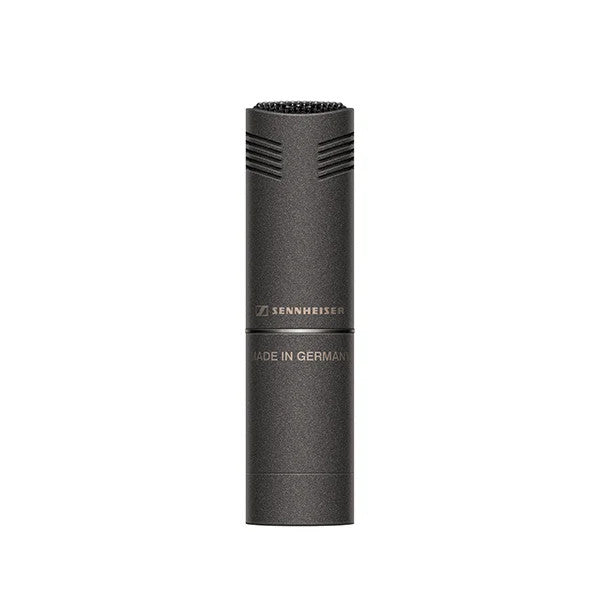
- Transducer TypeCondenser
- Polar PatternWide Cardioid
- Frequency Response30 Hz - 50 kHz
- Output Impedance25 ohms
- Sensitivity in Free Field, No Load (1kHz)20 mV/Pa (34 dBV/Pa) with filter module MZF 8000: 6,3 mV/Pa ( 44 dBV/Pa)
- Phantom Powering48 V +/- 4 V
- Equivalent Noise Level13 dB(A)
- Equivalent Noise Level Weighted as per CCIR23 dB
- Max. SPL (passive)142 dB SPL with and without filter module MZF 8000
- Audio-XLR ConnectorXLR-3M balanced, transformerless, floating
- Dimensions0.75" diameter x 1.61" length
- Weight1.94 oz
Why Choose SoundPro?
Since 1973, SoundPro has been the trusted source for audio, video, and lighting gear. Whether you're starting your AVL journey or are a seasoned professional, we're here to help you every step of the way.


